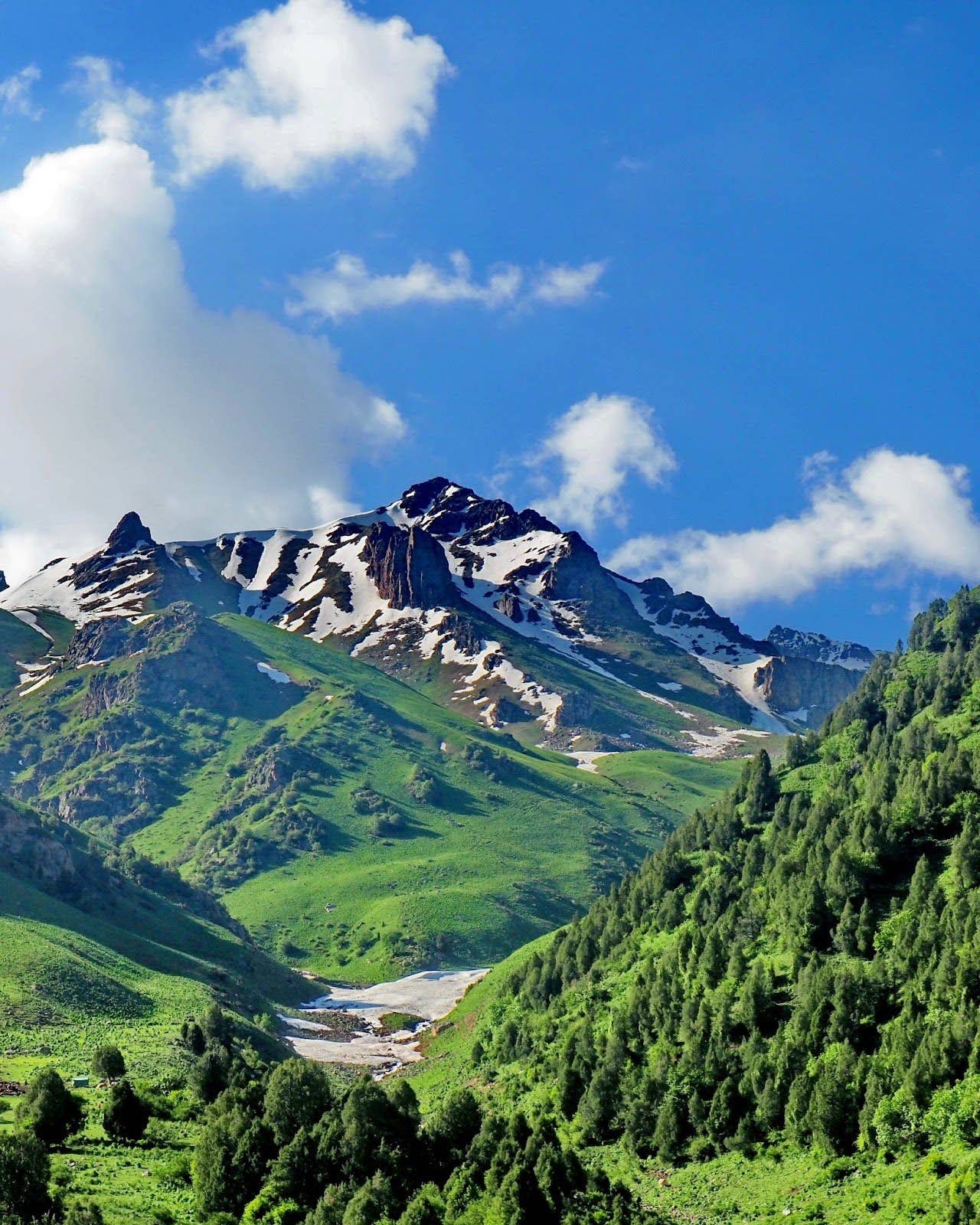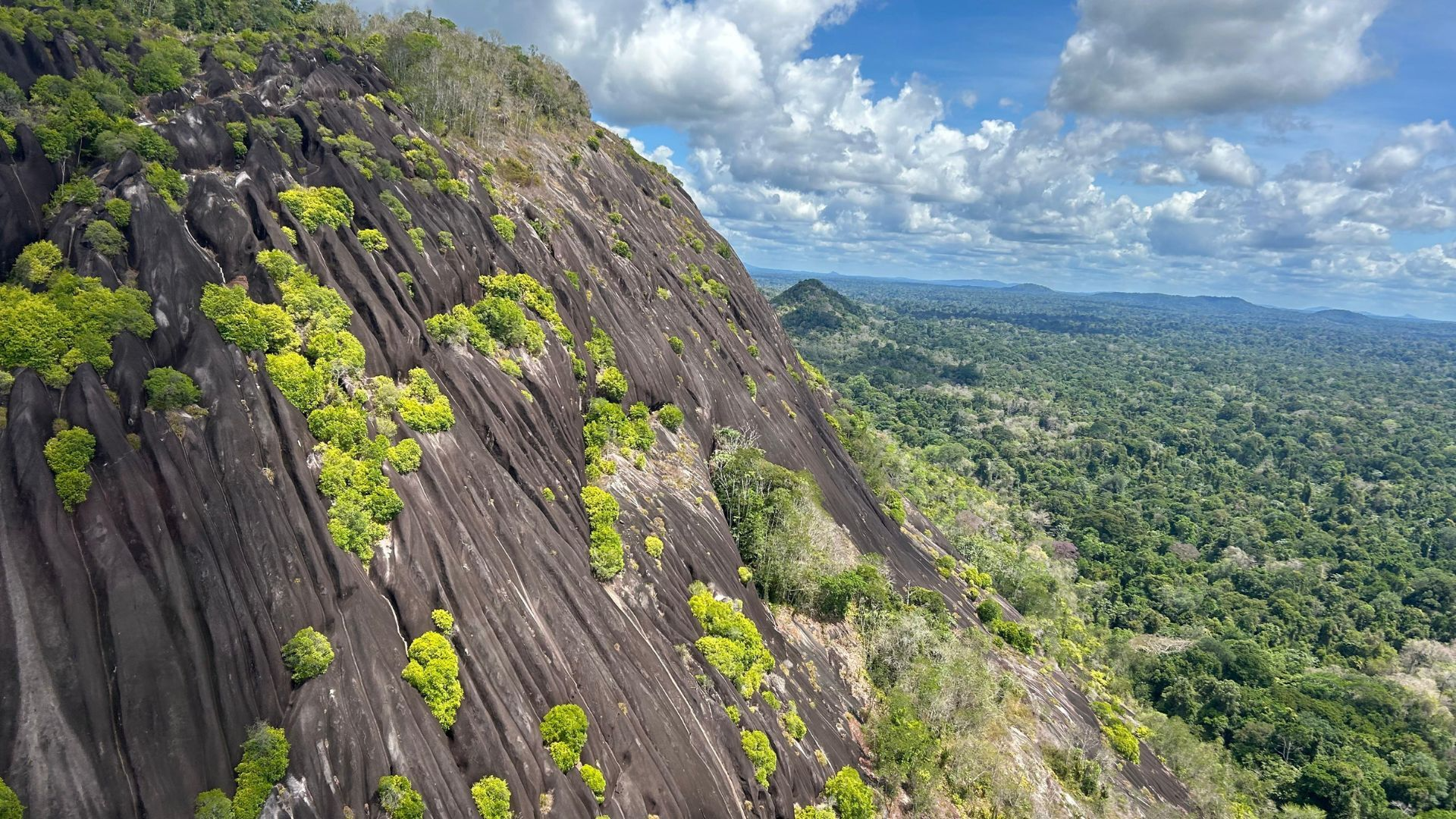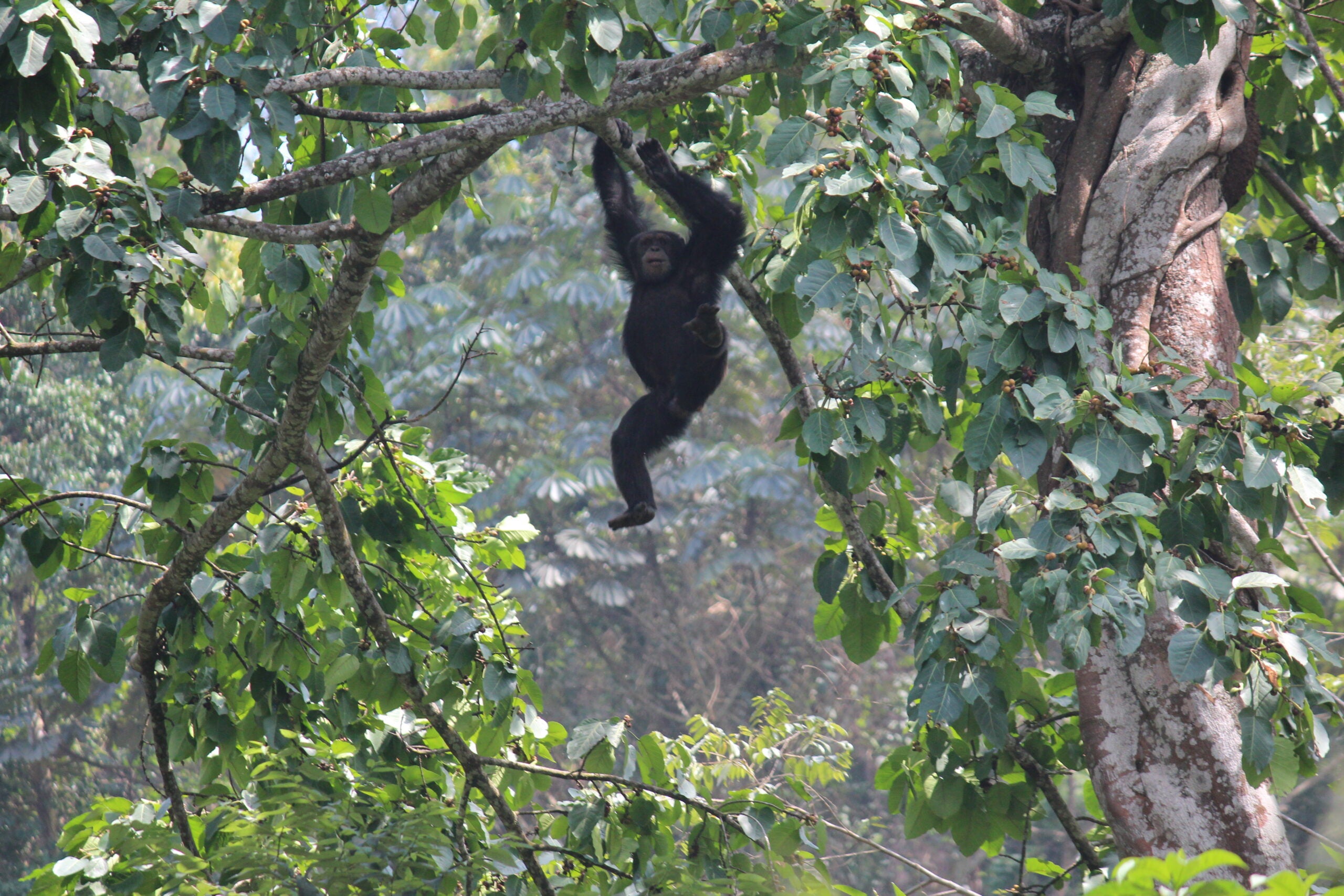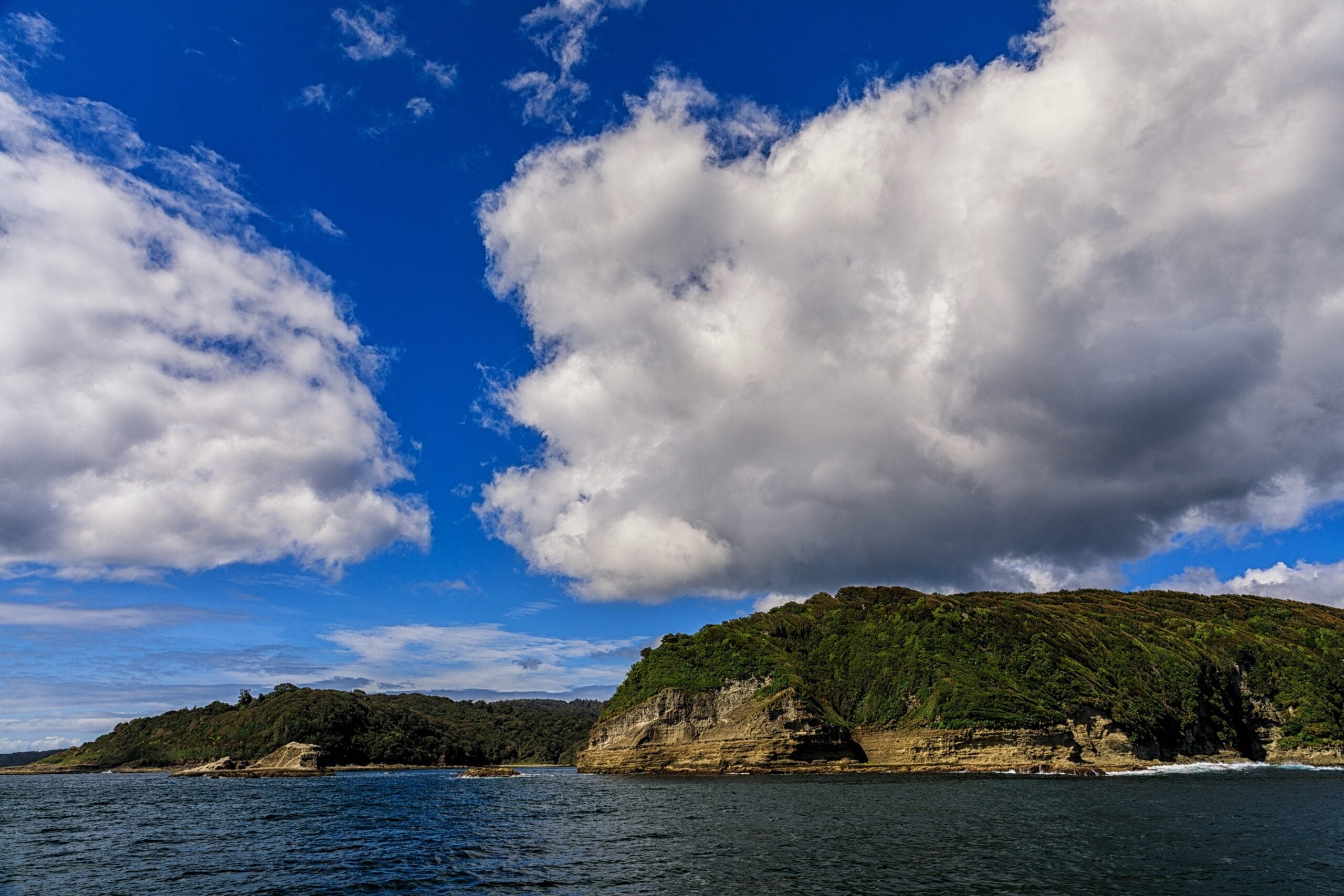For immediate release
October 11, 2025
An international consortium today announced a major update to the world's biodiversity hotspots, funded by the Hempel Foundation. The two-year initiative aims to generate detailed scientific data to help prioritise funding to and conservation action in the world's most biologically unique and threatened regions. This work will guide nature conservation authorities, donors and practitioners working in biodiversity hotspots, and the scientific community for decades to come.
“Biodiversity is distributed unevenly across the planet, and some places face far greater threats than others,” said Anders Holm, executive director of the Hempel Foundation. “The Biodiversity Hotspots identify areas of exceptional endemism under severe pressure. However, the data have not been updated for 25 years, and much has changed in that time. With this new biodiversity hotspot update, we aim to ensure that future conservation efforts and funding are directed where they can make the greatest difference — for both nature and people,”.
The project will deliver a comprehensive re-evaluation of biodiversity hotspots and megadiversity countries. Hotspots are biogeographic regions that are home to a wealth of species found nowhere else in the world and are threatened by human activities such as habitat destruction, pollution and climate change. There are currently 36 terrestrial hotspots, which cover 16.7% of Earth’s land surface. Wallacea, which includes more than 1,680 diverse islands in the central part of Indonesia and Timor-Leste, and the Atlantic Forest, which stretches along Brazil's Atlantic Coast and into parts of Paraguay, Uruguay and Argentina are some of the world’s most iconic biodiversity hotspots.
Although they cover a small percentage of the Earth’s land surface, biodiversity hotspots contain a disproportionately large share of the world’s plant and animal species. Governments, conservationists, donors and other stakeholders have used hotspot designations over the years to prioritise the designation of Key Biodiversity Areas and the effective conservation of wildlife and wild lands.
Now, more than two decades later, this project will update the science underlying biodiversity hotspots to reflect the last 25 years of data generation through the IUCN Red List of Threatened Species™, which has grown from 16,510 assessments in 2000 to include over 170,000 species today. The project will also incorporate both the Species Threat Abatement and Restoration (STAR) metric, which measures to what extent an investment can reduce a species’ extinction risk, and EDGE, which focuses on evolutionarily unique threatened species.
“This update will incorporate new data and techniques, while maintaining focus on exceptional endemism and exceptional threat, to reveal the irreplaceable places in the most urgent need of conservation resources and action on the ground,” said Russell Mittermeier, Re:wild Chief Conservation Officer.
Mobilisation of biodiversity and conservation data have been important in steering damaging activities away from important places on the ground (for example, through the Integrated Biodiversity Assessment Tool, which serves data from the IUCN Red List, World Database on Protected Areas and World Database of Key Biodiversity Areas) and in strengthening the capacity of institutions within hotspots to ensure local decision-makers prioritise conservation action.
“This exciting project will bring together the pioneering biodiversity hotpots approach with new scientific developments, and offers our international team the opportunity to deliver innovate science that has real-world impacts, directing funding resources towards the conservation of globally exceptional biodiversity under exceptional threat," said Dr Louise Mair, NUAcT Research Fellow, Newcastle University, UK.
Over the last 25 years, large amounts of conservation funding have been funded to hotspot regions, with the Critical Ecosystem Partnership Fund alone mobilising USD 325 million. This support has been critical, for example, to the designation of more than 24 million hectares of marine conservation areas in South Sulawesi with the Indonesian government, the repopulation of wild silkworms in tapia tree forests in Madagascar with local communities to improve livelihoods, and the development of a collaborative management plan for 20,000 hectares of mountainous forest in Kyrgyzstan’s Chychkan Gorge with local communities.
Over the last 25 years, significant funding has gone to the hotspots for conservation, with the Critical Ecosystem Partnership Fund (CEPF) alone mobilising USD 325 million for civil society-led interventions. With that funding, CEPF's grantee have strengthened the management of 57 million hectares of Key Biodiversity Areas, an area larger than France; led projects that benefited more than 6,100 communities and 1,300 IUCN Red List species, and contributed to the creation of more than 17 million hectares of protected areas.
“Bringing two decades of EDGE scientific advances into our assessment of Hotspots will ensure they reflect the exceptional diversity of Earth’s most unique and threatened evolutionary lineages – shaping a conservation roadmap for safeguarding biodiversity across the Tree of Life, and the many benefits it provides people globally,” said Rikki Gumbs, research fellow at ZSL’s Institute of Zoology and co-chair of the IUCN Species Survival Commission’s Phylogenetic Diversity Specialist Group.
The consortium is led by IUCN as implementing partner and the Hempel Foundation as the funder, in collaboration with Botanic Gardens Conservation International (BGCI), the Critical Ecosystem Partnership Fund (CEPF), Newcastle University (which hosts the IUCN Species Survival Commission's Global Biodiversity Targets Task Force), Re:wild, and the Zoological Society of London (ZSL).
# # #
Photo: The mountains of central Asia are one of the world's 36 biodiversity hotspots. (Photo by Rural Development Fund)
Re:wild
Re:wild protects and restores the wild. We have a singular and powerful focus: the wild as the most effective solution to the interconnected climate, biodiversity and human wellbeing crises. Founded by a group of renowned conservation scientists together with Leonardo DiCaprio, Re:wild is a force multiplier that brings together Indigenous peoples, local communities, influential leaders, nongovernmental organizations, governments, companies and the public to protect and rewild at the scale and speed we need. Learn more at rewild.org.
Contact
Lindsay Renick Mayer
Re:wild
lrenickmayer@rewild.org
512-686-6225
Devin Murphy
Re:wild
dmurphy@rewild.org
512-686-6188



